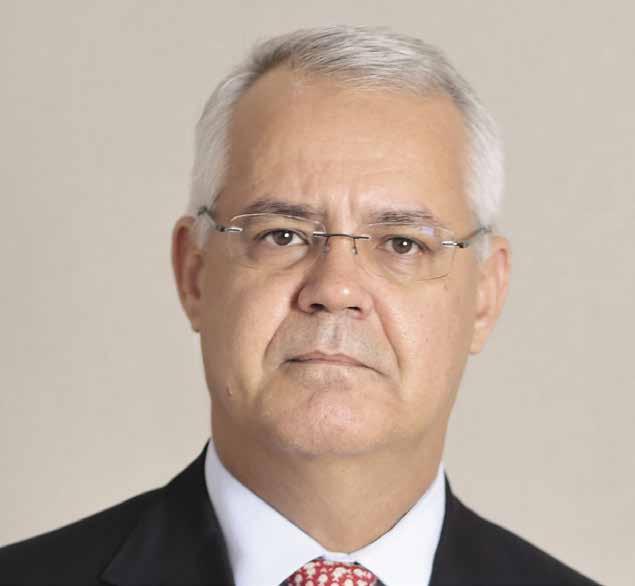EUROPA ESPANHA
BELÉN RODRIGO*, PRÉMIO
INFRAESTRUCTURAS, EL SECTOR CL AVE OLVIDADO A L A ESPER A DE
N U E VA S I N V E R S I O N E S
THE CHALLENGE OF WORKING BETTER
L
as infraestructuras de España son una de sus mejores cartas de presentación ante el mundo. Entre sus logros está su conexión en alta velocidad, con la segunda red más extensa, por detrás de China. Su red de aeropuertos es una de las más modernas del mundo y con mayor conectividad aérea sin olvidar su buena y competitiva red de carreteras al igual que la de puertos. Pero la situación que vive hoy el sector de infraestructuras es preocupante. En la época de los 80, gran parte de los fondos europeos se dedicaron en España a obra pública. Sin embargo, desde 2010, por motivo de la anterior crisis financiera, la inversión pública se ha ido reduciendo del 5,2% del PIB en 2009 al 2% actual, situándose en niveles de mínimo histórico. En 2020/21 España es de nuevo el país con menor ratio inversor de la UE, con una inversión pública un 64% inferior a la media de las 4 mayores economías europeas, según datos de Seopan (la patronal de las constructoras y concesionarias). Los expertos coinciden en señalar que este sector se encuentra bajo mínimos desde hace unos años, tanto en el mantenimiento de las infraestructuras ya existentes como en la construcción de las nuevas demandas. En este contexto, 2021 se presenta como una gran oportunidad gracias a un aumento de la partida presupuestaria nacional y de los esperados nuevos fondos de la UE. Los Presupuestos Generales del Estado contemplan una partida de 11.527 millones de euros destinada a las infraestructuras. En lo que a la parte nacional se refiere, supone un incremento del 27,3%. Además, el Gobierno espera recibir los fondos europeos Next Generation, en los que también tendrán cabida proyectos de infraestructuras. Se abren así nuevas oportunidades, aunque hay todavía mucha cautela, ya que este tipo de inversiones llevan su tiempo.
132
S
pain infrastructures are one of its best letters of introduction to the world. Among its achievements is its high-speed connection, the second largest railway network in the world, right after China. Its airport network is one of the most modern in the world and with the highest number of flight connections, along with its good and competitive road network and ports. But the current situation as regards the infrastructure sector is worrying. In the 1980s, a large proportion of European funds were allocated in Spain to public works. However, since 2010, due to the previous financial crisis, public investment has been falling from 5.2% of GDP in 2009 to 2% today, reaching an all-time low. In 2020/21 Spain is again the country with the lowest investment ratio in the EU, with a public investment 64% lower than the average of the 4 largest European economies, according to data from Seopan (the employer’s association of construction companies and concessionaires). Experts share the same opinion and state that this sector has reached low levels in recent years, both as regards maintenance of existing infrastructures and the new constructions. In this context, 2021 could be a major opportunity thanks to the increase in the national budget and the expected new EU funds. The General State Budgets accounts for € 11,527 million for infrastructures. This represents a 27.3% increase at the national level. Furthermore, the Government expects to receive European Next Generation funds, which is poised to include infrastructure projects. This opens up new opportunities, but there is a great deal of caution because this type of investment takes time.
*Texto escrito na língua de origem do autor



















